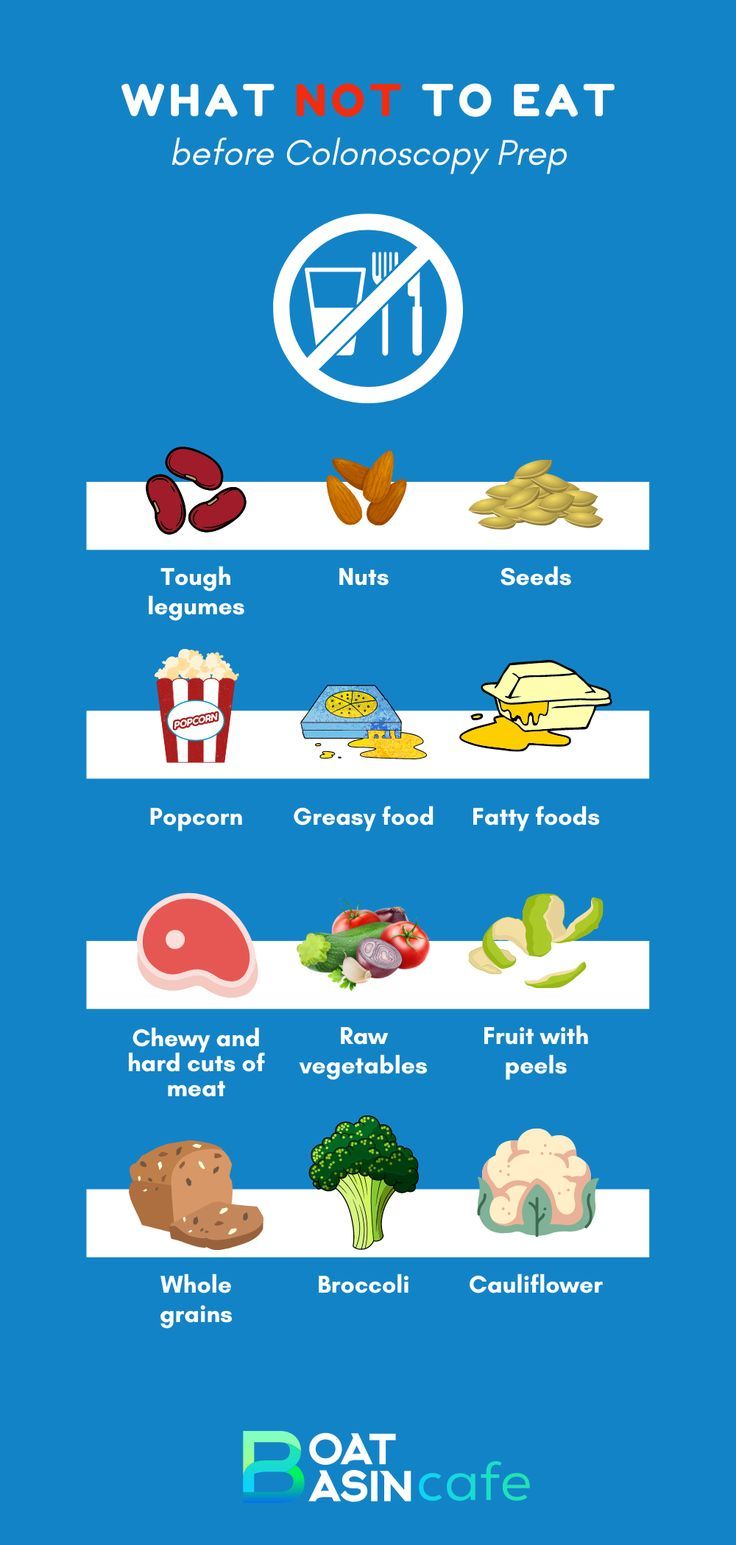
How to Solve a Rubik's Cube: The Ultimate Beginner's Guide

Learning **how to solve a Rubik's Cube** can be an exhilarating journey for puzzle enthusiasts and curious beginners alike. This article provides a detailed **Rubik's Cube tutorial**, taking you step-by-step through the process. Whether you're interested in understanding the **Rubik's Cube patterns** or ready to dive into more advanced **Rubik's Cube techniques**, this guide is designed to make your learning experience engaging and achievable.
Understanding the Basics of the Rubik's Cube
Before diving into techniques and steps, it's essential to grasp the **Rubik's Cube overview**. The Rubik's Cube, originally invented in 1974 by Ernő Rubik, consists of a three-dimensional puzzle made up of six faces, each of which can be turned. This tutorial will help you understand the structure and layout of the cube, which is critical before attempting to solve it.
Components of the Rubik's Cube
The **layers of Rubik's Cube** are composed of 54 smaller squares, divided into six colors. Each cube face features a center piece that represents the face's color, ensuring the cube retains its structure. Understanding these components forms the foundation for grasping basic movements and algorithms that allow you to manipulate the cube effectively. Familiarity with **Rubik's Cube symbols** for motions, like U (up), D (down), L (left), R (right), F (front), and B (back), is also necessary as they will be used in the following sections.
Color Structure and Orientation
Every Rubik's Cube consists of six colors: typically white, yellow, red, orange, blue, and green. Each color must match consistently on each face through careful manipulation. Students often struggle with the orientation of pieces. By understanding which colors belong where, beginners can visualize their goal, helping them move towards solving the **Rubik's Cube** more systematically. Learning basic **Rubik's Cube moves** will not only make your approach to solving more methodical but will also enhance your memory when faced with complex patterns.
Starting with the Beginner’s Method
For beginners fiddling with the cube, using the **beginner Rubik's Cube method** is advisable. This approach emphasizes learning step by step, breaking down the **Rubik's Cube steps** into manageable parts.
Solving the First Layer
The first goal in solving the cube is completing the **first layer**. This involves creating a solid white cross on the top. Position the white edge pieces so that they match not only the white center piece but also the center color of the adjacent sides. Use simple algorithms to rotate them into place, ensuring each white piece matches its corresponding center colors. By dedicating time to this part, you're laying down a strong foundation for the rest of the cube.
Building the Middle Layer
After the first layer is completed, your next focus should be arranging the **Rubik's Cube middle layer**. This involves moving the edge pieces into the middle layer while maintaining the integrity of the first completed layer. The intuitive nature of this step not only builds your confidence but also gives you an opportunity to practice different movements and algorithms without sacrificing previously solved layers.
Finalizing Your Solution
The last phase involves finishing the Rubik's Cube with attention to the final layer. Many beginners feel overwhelmed by this part, but it can be simplified.
Solving the Last Layer
This part is often where most puzzle enthusiasts struggle. To achieve a solved cube, you'll need to start by arranging the yellow cross on the last layer. Use specific **Rubik's Cube algorithms** designed for this purpose. Start positioning the yellow edges correctly, followed by the correct placement of the yellow corners. The best strategy involves memorizing these advanced patterns and focusing on common mistakes encountered during this step.
Practice Makes Perfect
Engaging in practice sessions will accelerate your mastery of solving techniques, including the understanding and **memorization of Rubik's Cube moves**. This hands-on approach will not only improve your speed; the repetition will aid in your enjoyment of solving puzzles and growing skills further. Remember to practice your speed and efficiency regularly to master faster **Rubik's Cube solving**.
Key Takeaways
- Understanding the **structure** of the Rubik’s Cube is fundamental.
- Utilizing the **beginner’s method** helps simplify the learning journey.
- Practicing specific **algorithms** for each layer ensures better recall and efficiency.
- Regular practice promotes speed and muscle memory in solving.
FAQ
1. What is the easiest way to solve a Rubik's Cube?
The **easiest way to solve a Rubik's Cube** is by using the beginner's method, which breaks down the solution process into manageable sections. Start by solving the first layer, followed by the middle layer and finally the last layer, utilizing the provided algorithms and plenty of practice.
2. Can kids learn to solve a Rubik's Cube?
Absolutely! There are **Rubik's Cube steps for kids** that simplify the concepts and movements. With visually engaging resources and simple explanations, children can enjoy learning to solve this puzzle while developing key cognitive skills.
3. Are there online resources for solving Rubik’s Cube?
Yes, various **online Rubik's Cube resources** are available, including instructional videos, apps, and dedicated websites. These platforms offer visual learning, community support, and interactive challenges suitable for beginners.
4. How can I practice solving the Rubik's Cube effectively?
Focus on learning and practicing specific **Rubik's Cube algorithms** for different layers and setups. Consistent practice enhances your speed and understanding, leading to mastery. Engaging with **Rubik's Cube communities** can also provide valuable tips and encouragement.
5. What are common mistakes beginners make when solving a Rubik's Cube?
Common mistakes include mismatching colors on the last layer and forgetting the sequences of movements. Practicing the **basic Rubik's Cube principles** conservatively can increase confidence, and reviewing errors aids in correcting misunderstandings.
